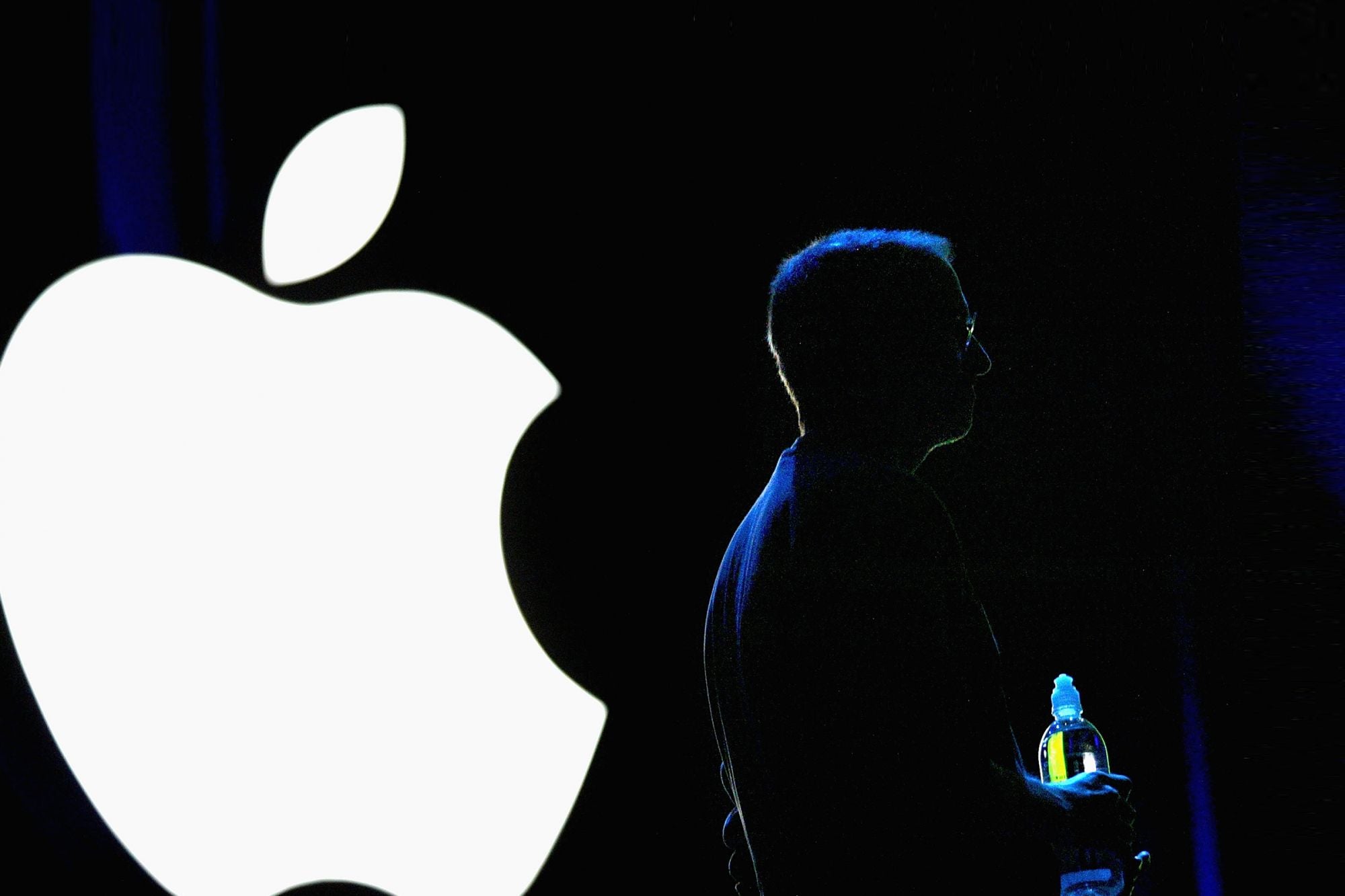
May 5, 2020 7 min read
Opinions expressed by Entrepreneur contributors are their own.
It’s a natural human response to see a company succeed in an industry and look elsewhere for your own successful idea. Why charge forward in an arena that already has one business getting things right?
But if that were the case, there would be no Apple. There would also be no Facebook or Instagram or TikTok, only MySpace. There’d be no Netflix; you’d probably be watching shows on Blockbuster+ now.
The point is that there’s always room for a second mover to come in and improve upon what’s already being done, even in a burgeoning industry. It’s not always easy. Apple encountered a lot of struggles alongside its success over its first 15 years, but the wins that propelled it past the likes of IBM are possible for any growing company.
The Second-Mover Advantage
There are some first-mover advantages; a pioneering company goes through a natural progression of buzz and admiration. It determines how others view its industry, setting the standards everyone else will (relatively) be expected to follow. Its growth is celebrated and tracked, and money often follows. Then, however, it faces heightened scrutiny.
In any new industry, there are three phases: disruption, awareness and correction. We saw this with Microsoft in the 1990s, and we’re seeing this now with Facebook — even if the brand was technically more of a first behemoth than a first mover. The most well-known company in a new industry usually takes the brunt of that industry’s scrutiny, up to about the 15-year mark. It seems to be our natural predisposition to build up the narrative around successful new companies and then correct when we think they’re “too big.”
It’s something Amazon and Google have navigated better than most, but even they’re not fully immune. Still, the three phases they followed can light the way for other newcomers.
Related: In Technology, Entrepreneurs Must Take the Biggest Shots to Make the Biggest Gains
1. Disruption
Disruption puts an industry on the map. Ridesharing is probably the most oft-used example. Uber entered the market and completely changed how many people decided to both use transportation and earn a side income. The gig economy was fueled, and it then influenced other industries and services.
But disruption doesn’t have to solely refer to a new product or service. It can also be a new process. That’s incredibly evident in the direct-to-consumer model, where everything from eyeglasses to mattresses was disrupted, allowing Warby Parker and Casper to become household names.
Education is prime for disruption. A recent Fortune article detailed the domestic and global need for more healthcare workers, positing that the millions of recently unemployed should be hired as community-health workers. Re-skilling was already growing as an alternative for companies to create less turnover, but now a more efficient way to transition people into healthcare jobs has become necessary.
Carrus CEO Misty Frost, whose company helps workers from other professions re-skill and certify for healthcare jobs, recently wrote for Thrive Global about finding meaningful work in a pandemic, noting that, “Losing a job can start a cycle of grief that can be difficult to get out of. However, it’s important to use your time wisely to bounce back, taking stock of your skills (and potentially reskilling to shift your career), establishing a new routine and seeking new opportunities. Now more than ever, many of those new opportunities are in the field of healthcare.” The pandemic itself has stirred disruption.
2. Awareness
There’s always a learning curve for a new industry. As the masses start to use a product or service, people begin to understand how it can further be improved. This is where the second mover starts to shine. It can pivot more easily than the first mover, with entrenched stakeholders and a set image. The newcomer can position itself better to appeal to the growing tastes of the industry.
When the mattress industry was first being disrupted, it had a common theme: direct-to-consumer mattresses, shipped to your door for a free trial. It was first marketed as a less expensive alternative to conventional mattress shopping. And it worked. Direct-to-consumer mattress brands grew. But there was a sizable buying market that wasn’t shopping for discounts; it was shopping for quality and performance. The standard DTC mattress supply chain utilizes the same manufacturer in China, regardless of brand, to keep costs down.
Upstart company Purple recognized an opportunity to grow the industry beyond its start by building its own technology and production line, making everything in the United States. That required a sizable initial investment, but the brand has been able to carve out a growing segment focused on sleep quality and comfort technology. This vertical integration allows Purple to respond to market demand and enter new markets quickly with owned technology and positioning, as well as leap to anything lifestyle- or comfort tech-related, giving the brand endless pivot points.
3. Correction
This is the phase in every industry when it starts to mature, we recognize the players, the field has consolidated and the innovations arrive more slowly. Amazon is in this phase right now; so is Facebook. They’re now a part of everyday life.
But in every generation, there’s a business that takes the majority of the heat around a given topic, and we wonder if it’s gotten too big. Is it creating a monopoly? Is it capitalizing on an entire market, to consumer detriment? Twenty-five years ago, Microsoft endured those accusations; today, Facebook faces questions about how much data it gathers and how much it influences, from consumer opinion to political elections.
In some industries, scrutiny can lead to positive change. Over the past couple years, the work conditions of the $36 billion video game industry have been made evident. Once people were able to download games directly to consoles, the very nature of producing a game changed. It’s great for the consumer, but it puts intense strain on staff to constantly develop.
Fifteen-hour days became common to meet release dates. Developers would hire, fire, hire again and not care what impact that had on company culture. Too focused on constantly meeting deadlines and keeping pace with the competition, this also led to a blind spot regarding harassment in the workplace.
Gearbox Software, maker of the Borderlands franchise, made its workplace its competitive advantage. CEO Randy Pitchford built a culture based on less turnover, with a stronger focus on the employee. This year, VentureBeat called Pitchford “one of the most impactful and respected video game developers in the world.” Paying extra attention to building the right culture attracts the talent needed to produce and feed the bottom line — particularly without high turnover in a tech-oriented industry.
This could usher in a new era in video games, making the story more important than the graphics. By making the continuity of the team more important than overworking contractors to meet a deadline, Gearbox is offering a needed course correction.
Related: Casper Co-Founder Shares Advice on Finding Success as an Entrepreneur
First movers may get a lot of the glory, but success isn’t restricted to them. Second movers can often see what their industry’s pioneers got wrong and offer an alternative. If the first mover drummed up enough interest, it’s a win-win for everyone, no matter their date of entry.
This article is from Entrepreneur.com









